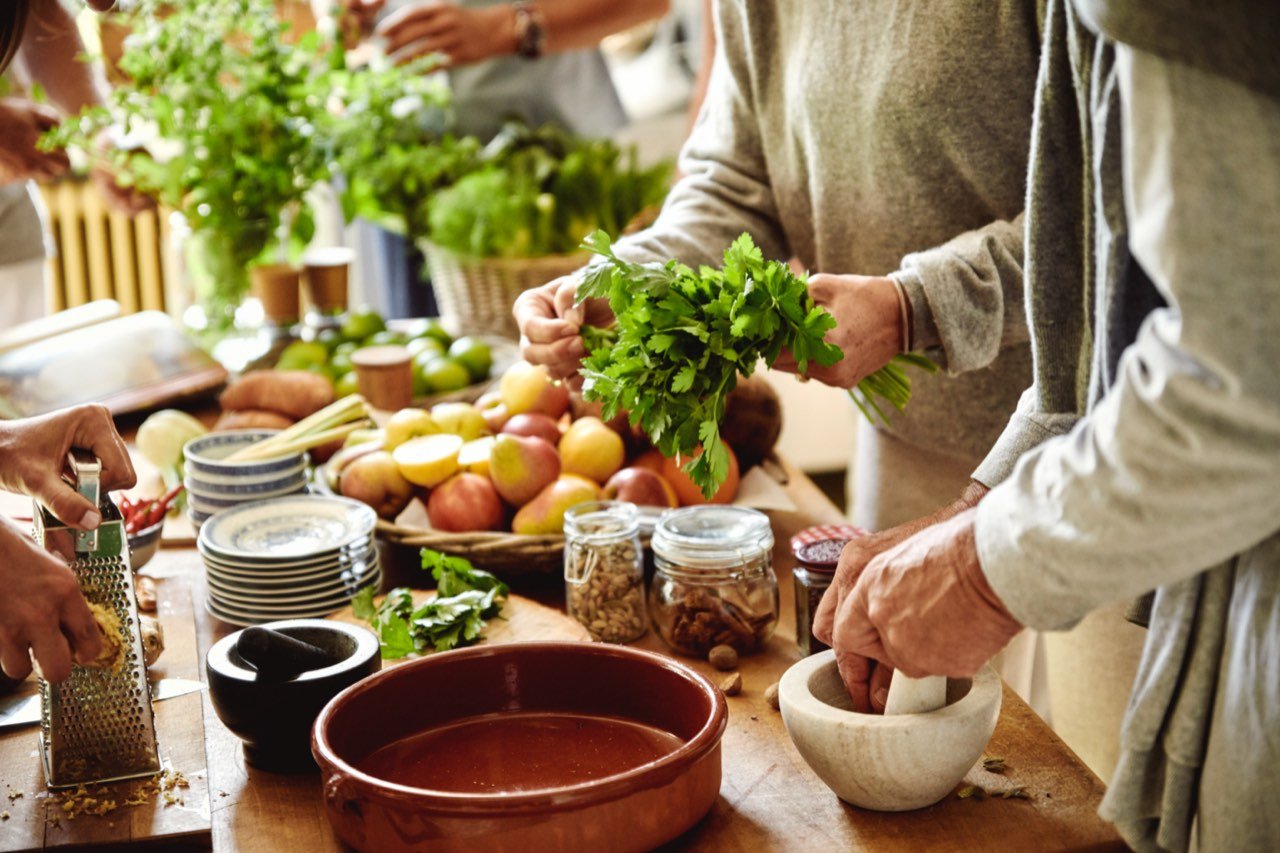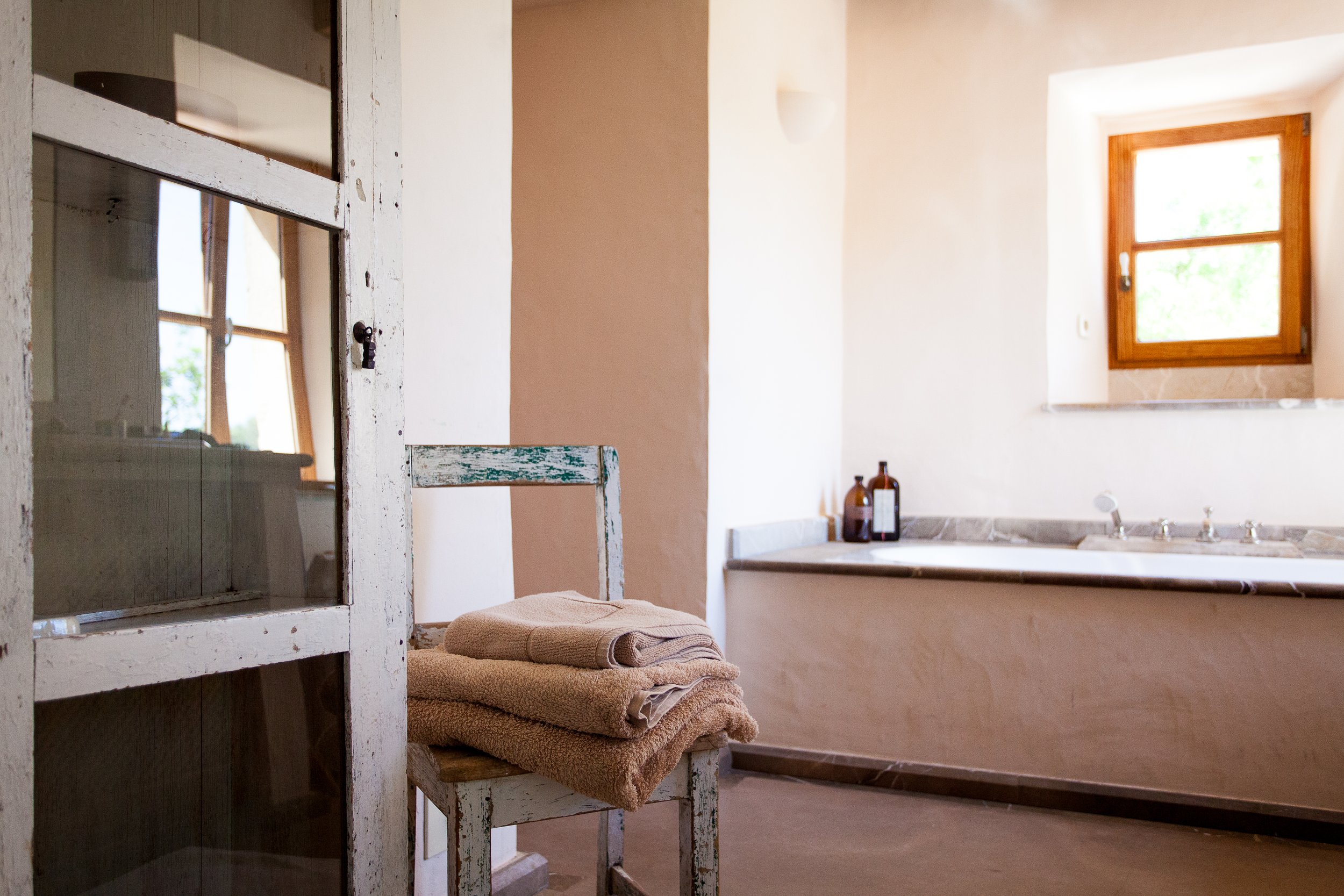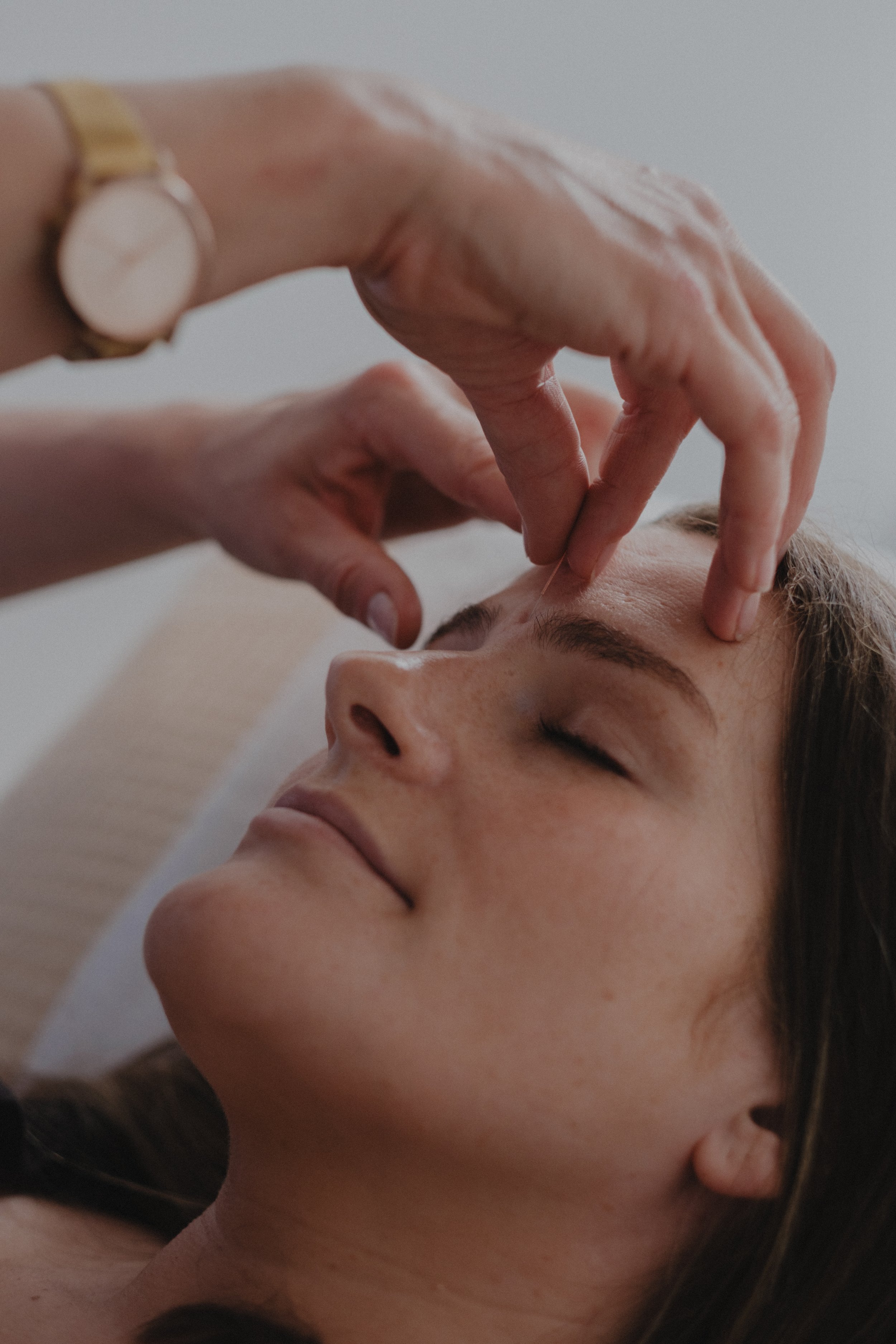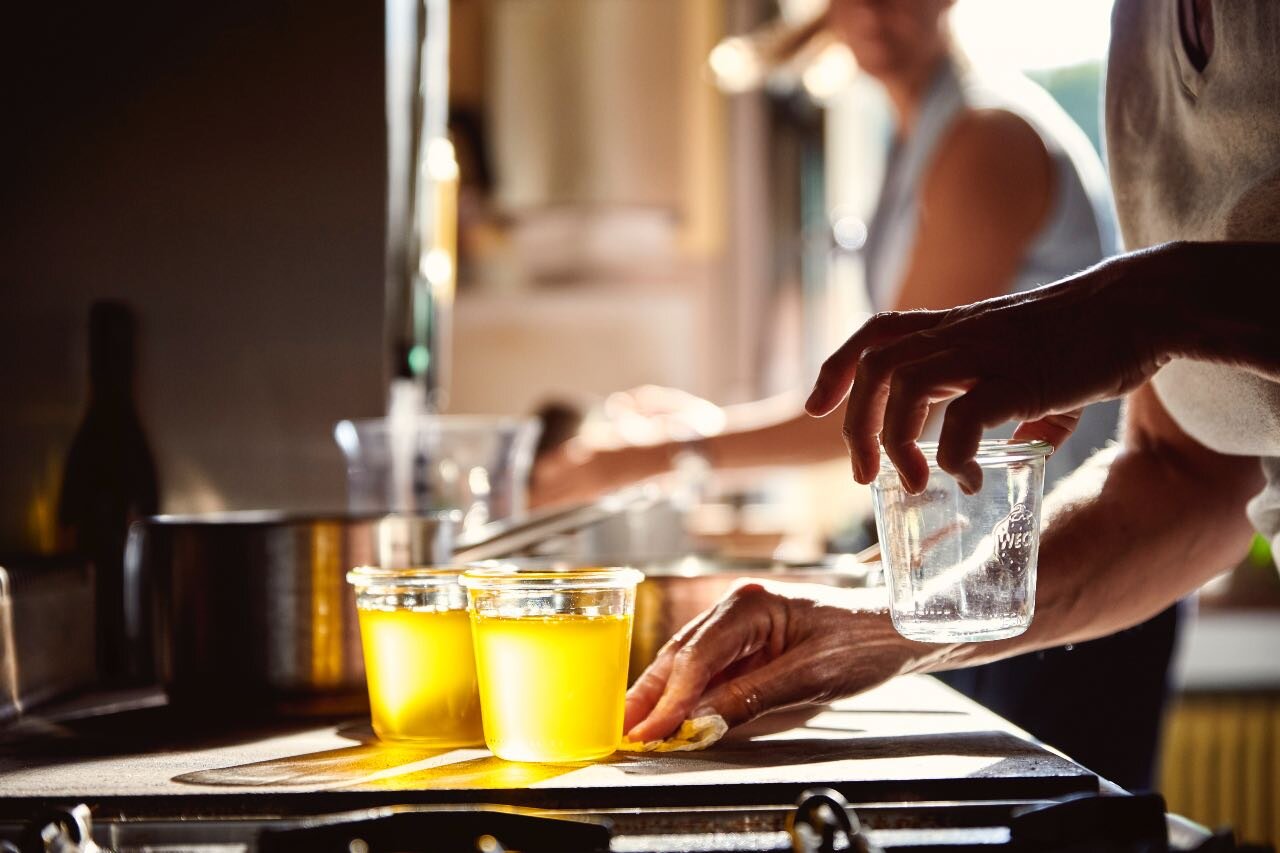THE TCM RICE CLEANSE / DETOX
The origin of the rice cure goes back several thousand years and is based on the expertise & experience of Eastern medicine. This knowledge about body, mind and soul, their connections and natural rhythms influences and flows through Chinese medicine. The rice cure is one of the most frequently applied cleansing regimens as it leads to quick results and works on a physical and mental level.
A cleanse always works step by step, or in better terms layers. The more often and regularly we cleanse our system, the easier and faster improvements will be felt.
When we cleanse, it gives us a great opportunity to look within, reflect where we are standing and where we are moving to, what is stopping us and what we can let go of……
What Does the Rice Cleanse do?
It gives our body the chance to get rid of old waste products that have accumulated over the years due to poor nutrition caused by too much sugar, coffee, cigarettes, animal proteins, stress, environmental influences and excessive lifestyle.
What We should Fundamentally Consider:
We should always be aware that a cleanse can only be effective in the long term, if we gradually adapt and rethink our attitudes, behaviour patterns and nutritional habits. Our diet should be largely plant-based and contain very little, if any, ready-made products or foods containing preservatives. Sugar and coffee should not be a matter of daily eating habits for us. Especially directly after the rice cleanse, we should only eat easily digestible and delicately spiced food.
Effect of the Rice Cleanse on a Physical Level:
The rice cleanse has a very positive effect on our entire digestive system, our intestines are very gently cleansed without destroying the important bacteria and enzymes in our gut health. The rice cleanse provides our stomach with only a small amount of nutritional information. And our largest detoxification organ, the liver, also gets a chance to recover. Due to the little work we give our stomach during the rice cleanse, it can relax. If our stomach can rest, it also has a positive effect on the spleen. In Chinese medicine, the spleen does the actual work, it is responsible for sufficient blood production and for the quality of our blood.
The relief on our digestive system extends like a red thread through our body and triggers a chain reaction. All our organs are relieved and can therefore recover, cleanse and relax. Among other things, we also unburden our liver, which is responsible for cleansing our blood, during this time. As you can see from this, the rice cleanse mainly affects our middle, the centre of our body. It also centres our mind, which thereby attains more clarity and calmness. Our mind can feel more at home in our body again.
When is the Rice Cleanse Recommended?
As with all types of cleanses, there is a basic rule: "we need to feel basically healthy and fit" to withstand a cleanse. We want to improve some qualities of the primary functions, such as digestion, sleep, energy balance, temperature balance, concentration and perception.
When not to do a Rice Cleanse:
In case of extreme physical weakness or after a serious illness - during pregnancy and breastfeeding - for underweight. Please consult your medical professional if you are on medication or suffer from a medical condition. The Rice Cleanse in case of illness and complaints should be regarded as an accompanying help and does not replace going to the doctor especially if the origin of the symptoms is unclear.
How Often do We do the Cleanse?
We recommend to do the rice cleanse 1 to 4 times a year, preferably at the change in seasons. This means that we can cleanse in the period from winter to spring, spring to summer, summer to autumn and autumn to winter. It is advisable not to cleanse during the winter months from December to March, as these are the months of storage, rest and retreat.
What Changes Can You Expect?
Improvement in; headaches and migraines, digestive problems, heartburn and stomach irritation, skin issues, menstrual cramps, sleep issues, concentration - clarity of thought, reduction of mucus in the nose and sinuses - reduction or disappearance of cysts and myomas, weight loss, strengthening of the immune system, calmer mind
How To Prepare the Rice:
1 part natural rice | 2 - 3 parts water
Preferably cook in a pressure cooker or rice cooker (also good to keep warm) for 45 minutes and let it simmer for 10 minutes! If this is not possible, then put it into a conventional pot with lid. Boil until the water has evaporated and the rice grain has opened well and is soft. The rice should not be too soft i.e. sticky and not too hard. it should have a good sweetish aroma and be slightly sticky.
Type of Rice:
Natural unpeeled rice. We do not use white husked rice. The natural condition of the grain stimulates our digestive system to work harder,
It needs more energy and more time to split the full grain and produce energy from it. Our body has to get used to this process and in the beginning of the cleanse, it will have difficulties to use and transform everything, which has the knock on effect of weight loss and we have to eat more rice to be really full. Once our bodies get used to it, we will not need to eat so much and we will be able to get enough energy from smaller amounts. It should also be mentioned that we add very little, less than a pinch of sea salt to the water.
PS: Regarding rice and arsenic - always wash your rice well, soak it overnight if necessary, and choose organic over conventional. That way you can minimise contamination. Jasmine rice and basmati rice are good choices.
How to Do Cleanse:
You eat only cooked rice/congee/miso soup (recipes below) for three to eight days, and always only when you are hungry. Whole grain rice has a stronger detoxifying effect than white rice, but is more difficult to digest. That is why we recommend white rice (of good quality) if you have a weak digestion. Cooking the rice for a longer time makes it even more digestible. Cooked with more water for at least two hours, it becomes rice soup (congee- see recipe below), which is a real healing food in TCM.
Meal times should be regular - in the morning, at noon and in the evening. If you are hungry, you can also eat a portion in between.
The rice is prepared without spices, salt and fat. Please eat slowly and chew well! During the cleanse, sufficient rest and sleep are important. If possible, take a few days off for this!
Suitable drinks: warm to hot water, herbal teas, about 2 to 3 litres a day.
Please pay attention to your digestion - it should be regular! If you get constipated, put some dried plums in water in the evening and drink it the next morning (you can also eat the plums).
Aftercare for Cleanse
You will see that your sense of taste has become much more refined than before the cure! Enjoy a boiled carrot with the rice, then a vegetable soup and a few potatoes with butter and salt - an explosion of taste! Moreover, your whole body is more sensitive than before and shows you clearly what it can and cannot tolerate. Slowly add one food after another to the rice and observe your digestion, skin and mouthfeel.
In this way you can find out individual intolerances. Try to avoid sweets, coffee, fast food and alcohol for a while. Now is a good time to get into new habits. Your body will thank you for it!
The Preparation of a Rice Soup (Congee):
As the name rice soup suggests, the ingredients consist of water and rice, and is cooked for a long time. By adding various ingredients, or medicinal plants, rice congee can be used for a variety of alternative, medically supportive purposes. In the rice cure only a pinch of sea salt is added to the cooking water. To spice up the taste, a shot of shoyu (soy sauce) can be added. You can also season the rice with some miso soup.
Whole grain rice like mochi rice (white rice or basmati rice is also possible) with cold water in a ratio of 1:10 (100 gr. of rice to 1 litre of water) in a large pot without salt and simmer on a low heat with lid for about 2 hours (Traditionally, 4 hours is cooked, but in my experience 2 hours is enough). A large pot (3 to 4 litres with 1 litre of water) is necessary because the rice foams when it is cooked. However, a rice cooker is ideal. Rice congee can be precooked for 3 to 4 days.
The preparation of miso soup:
Miso is a fermented paste made from soybeans, barley or brown rice, sea salt and an enzyme starter (koji). Through the living enzymes and bacteria, we additionally support our entire intestinal tract, so that the intestinal flora can regenerate. Miso soup has a warming, alkalising and strengthening effect!
Miso is fermented, ripe soybean puree and contains enzymes that help digestion. Miso provides a balanced composition of carbohydrates, oils, vitamins, minerals and proteins. ( Especially vitamin B12 and proteins for the vegetarian).
Protects against cold (from the outside, supports against cold in the abdomen)
Promotes metabolism and digestion, helps build up intestinal flora (Gut Health)
Re-vitalises skin and hair
Linoleic acid and lecithin helps with heart disease, dissolves cholesterol in the blood, makes blood vessels more flexible. Helps to prevents high blood pressure and arteriosclerosis.
Has an alkalizing effect on the blood (in case of acidification by meat products)
Miso soup strengthens the spleen and is especially recommended during pregnancy
Max. 1 teaspoon / day, and never cook, only let it boil up for a short time (otherwise miso becomes a pure salt substitute). Miso is used for soups, sauces, as spread or as a spice. Available are Shiro Miso (from the soybean) but also rice miso, grain miso, or powdered miso for instant soups.
Ingredients of miso soup:
- Root vegetables (carrots, onion, radish, yellow beets)
- Cabbage vegetables (broccoli, savoy cabbage, chard, leek, Chinese cabbage, watercress) - Wakamé (algae species)
- Miso ( in at the end and do not bring to the boil again)
Bring a pot of water to the boil. Allow the wakamé algae simmer for 10 minutes before adding the other ingredients. Vegetables, that take longer to soften, add next in the boiling water. Add the cabbage only for the last 10 minutes as it should not cook that long.
The miso is mixed in an extra bowl with some water and added to the soup last. Miso is a strong spice and colours the soup dark to light brown, depending on which miso we use. The more Miso the more intense, salty the taste!
TIP: As miso soup only lasts for a maximum of 2-3 days, we recommend either cooking small quantities or stirring the miso only into the portion we consume! Maximum 1 teaspoon of miso per soup bowl!






























